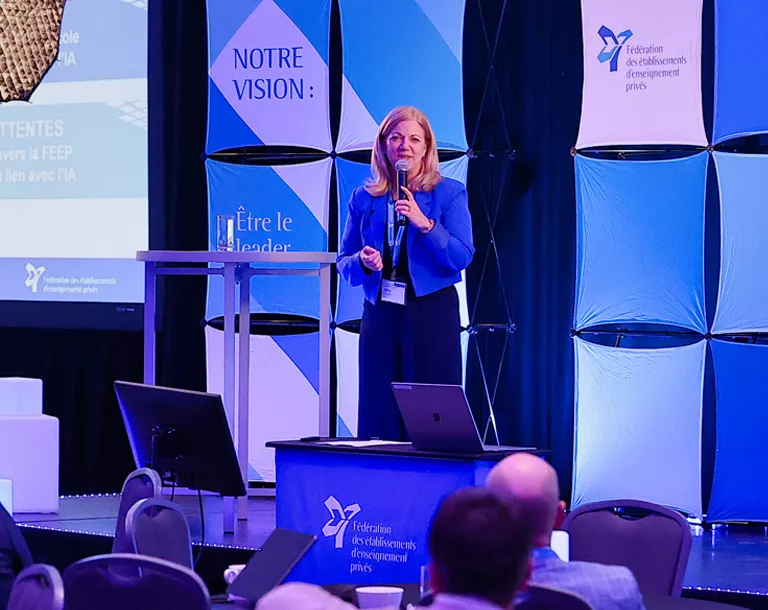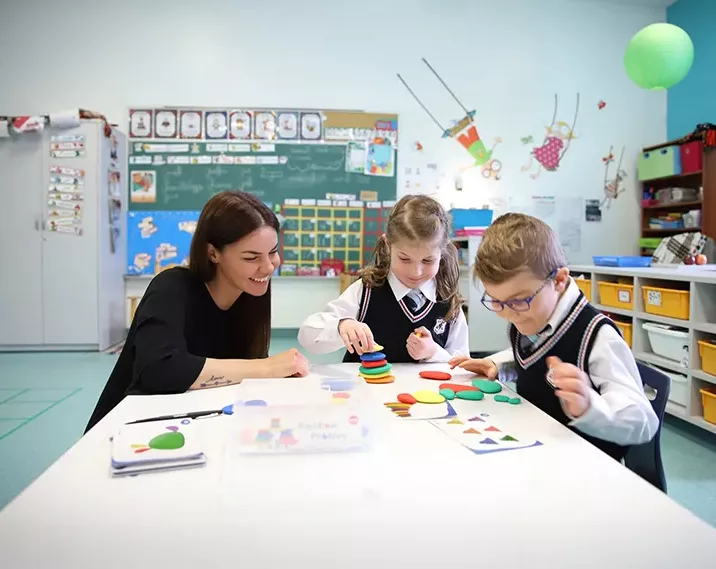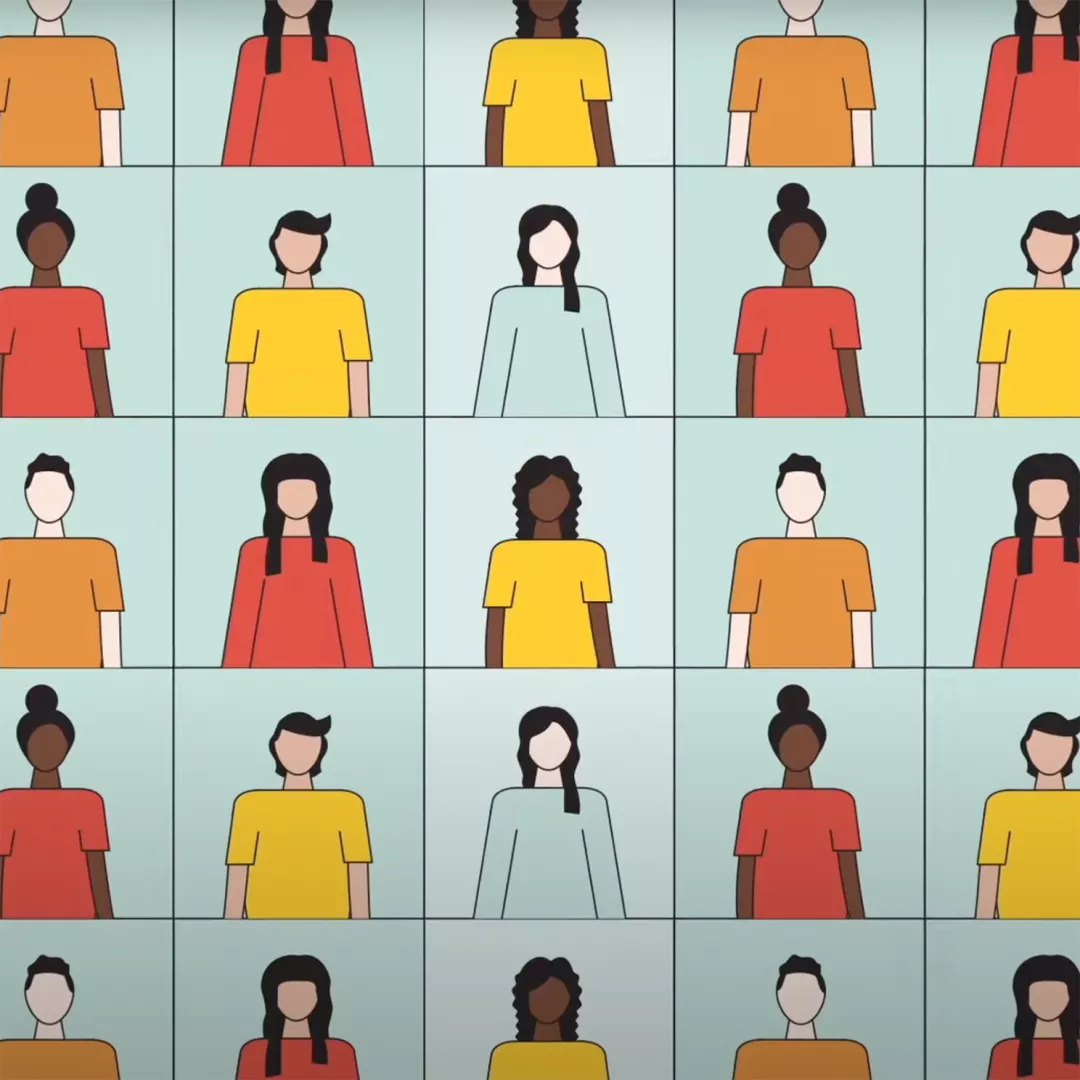Costs
and Fees
Private school: how much does it cost?
Independent school tuition varies depending on the level of education, services offered, location, and whether or not the school is subsidized.
Thanks to subsidies, independent schools are accessible to families in Quebec.

Private School Subsidization
Independent school subsidies are not unique to Quebec. Many countries known for having fair and equitable education systems provide choices for families by funding all or some of the independent school network. Public funding for independent schools allows families to enjoy a wide range of educational options, as well as access to services that promote work-family balance.
Independent school subsidies are not unique to Quebec. Many countries known for having fair and equitable education systems provide choices for families by funding all or some of the independent school network. Public funding for independent schools allows families to enjoy a wide range of educational options, as well as access to services that promote work-family balance.

Expected Costs
For subsidized schools, fees vary from $15 to $25 per school day. For non-subsidized schools, costs are generally higher. You should also expect additional fees for class materials, uniforms, extracurricular activities, and childcare costs for elementary school.
For subsidized schools, fees vary from $15 to $25 per school day. For non-subsidized schools, costs are generally higher. You should also expect additional fees for class materials, uniforms, extracurricular activities, and childcare costs for elementary school.

Financial Aid Opportunities
Some independent schools have foundations that provide financial aid for families who are unable to afford school fees. More than 7,000 students in Quebec benefit from financial aid so they can attend the independent school of their choice. This type of financial aid is typically given out according to the family’s needs, rather than the student’s academic performance.
Some independent schools have foundations that provide financial aid for families who are unable to afford school fees. More than 7,000 students in Quebec benefit from financial aid so they can attend the independent school of their choice. This type of financial aid is typically given out according to the family’s needs, rather than the student’s academic performance.
Funding of Private Schools in Quebec
What is a “private school”?
In Quebec, “private” schools are referred to as such because they operate independently. While they are overseen by the Ministry of Education, they do not fall under school service centers. These schools are non-profit organizations managed by a board of directors, and some operate as cooperatives. Subsidized private schools follow a model similar to that of early childhood centers (CPEs), CEGEPs, or chartered universities.
Private schools receive government subsidies equal to 60% of what is allocated to public schools for a regular student, and this applies to educational services only. As non-profit organizations, subsidized independent schools are required to use all funds they receive to support the school’s educational mission.
Private schools do not receive funding from school taxes and must provide their own buildings, furniture, and various student services. They do not have access to all the additional funding and support measures granted to public schools. As a result, the government subsidy represents about 40% of the total cost of educating a student in a private school (source: Indicateurs de gestion des établissements d’enseignement privés, MEQ, page 8).
Are private schools only for gifted or wealthy students?
The vast majority of private schools have an inclusive educational approach. They welcome students with diverse profiles—some with strong academic abilities and others facing particular challenges. The Québec Education Program is the same for all students in the province, but many independent schools make a point of personalizing each student’s path to help them thrive and succeed.
Most private schools do not select students based on academic performance. Instead, they admit students on a first-come, first-served basis or through a lottery system. They are equipped to support students with learning or adjustment difficulties who require an individualized education plan. Many private schools offer programs with academic support and various assistance measures to help these students succeed.
Twelve private schools specialized in special education work in partnership with school service centers to educate students who need adapted support. Many private schools have established foundations, and approximately 6% of students receive financial assistance to attend the school of their choice. These scholarships are not awarded based on academic performance.
Government subsidies to independent schools aim to keep the costs of these schools accessible to as many people as possible, allowing families to make choices based on their needs. Tuition fees for attending a subsidized private school are regulated by the state. Budgetary rules for private educational institutions can be found on the Ministry of Education’s website.
Do government subsidies to private schools disadvantage public schools?
On the contrary, the government only pays a portion of the costs for a student attending a subsidized private school, with the remaining part covered by the parents. Moreover, private schools are responsible for their own buildings and facilities. Thus, subsidized private schools, which are financially accessible to most families, enable the Quebec government to achieve substantial savings. These funds can then be reinvested in the public school system.
According to the report of the Permanent Commission for Program Review of the Government of Quebec (2015), reducing or eliminating subsidies would significantly increase the budget the government would need to allocate to education.
Did you know?
Graduation Rate
In Quebec, regions without private schools do not have a graduation rate higher than the average, whereas regions with a strong presence of private schools stand out for their high graduation rates.
School Stratification
According to an OECD study, stratification—that is, the creation of “classes” of students based on their socioeconomic backgrounds—is lower in countries where private schools receive a higher proportion of public funding. In this context, reducing or eliminating public funding to private schools would further widen educational gaps by limiting access to private education.
Public Funding of Private Schools
Five provinces fund private institutions: Quebec, Manitoba, Saskatchewan, Alberta, and British Columbia. The level of funding varies by province, ranging from 50% to 70% of the per-student subsidy granted to public schools. This is also the case in the vast majority of Western countries. In Quebec, the proportion of students attending private schools is similar to the average among OECD member countries.
Your child is unique!
Find a school that's just right for her!








